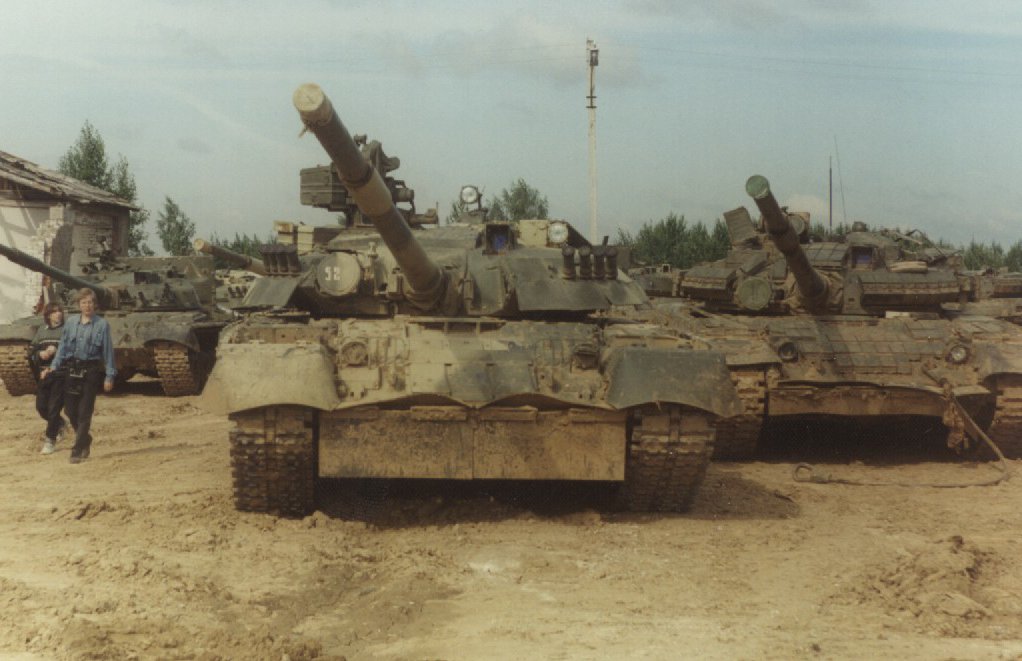

the greater the tolerances, the more gases escape at the sides of the projectile, which can drastically reduce the muzzle velocity and increase the instability of the projectile) and the effects of the barrel rifling (this determines the rotation of the projectile, which affects the forces on the projectile and its acceleration time). Knowledge of the chemical composition of the propellant and chemical combustion efficiency, ammunition design and amount of propellant used, the significant variations in the force behind the projectile (the force on the projectile changes as it is accelerated along the barrel by the increase in chamber volume and expanding gases), the friction in the barrel, exact projectile mass, exact barrel length, gun breach and barrel tolerances at the production (e.g. In order to accurately calculate the muzzle velocity, where plus or minus 1% must not be exceeded, the following should be considered: However, the breech chamber pressure values are only available for some weapons and these are not more reliable or consistent than muzzle velocity or direct penetration measurements. These are the dominating factors which determine the muzzle velocity and give an approximate value.

To do this, the pressure inside the breech chamber must be determined and the acceleration of the projectile must be calculated over the length of the barrel. One could initially be of the opinion that the calculation of the muzzle velocity is a relatively simple matter.


 0 kommentar(er)
0 kommentar(er)
